



Midlothian | 1726
Poulton or Polton is a village in Midlothian, lying beside the River North Esk to the south of Edinburgh. The name is derived from the Old Scots for ‘farm by a pool.’
Around 1400 the lands of Poulton were acquired by the Ramsay family who had become powerful by supporting the victorious Robert the Bruce during the wars. Sometime before the sixteenth century they built a house at Poulton. In 1579, a complaint was raised against the Ramsays by Richard Abercrombie, who owned land in Poulton and claimed that members of the family had been raiding his land. The Ramsays continued to hold Poulton until 1672 when it was sold.
1907 OS map Edinburghshire VIII.13. Reproduced with the permission of the National Library of Scotland. (CC-BY NLS)
His son Thomas inherited his father’s estates. Following his marriage, Thomas assigned Poulton to his wife Margaret, who was a noted diarist whose writings survive to this day. Poulton was inherited by their son, William Calderwood of Polton, who was a Lieutenant Colonel in the Horse Guards. William was succeeded by his sister Anne, who was married to James Durham of Largo.
Stubble and Pines © 2017 Anne Burgess (CC BY-SA 2.0)
River North Esk at Polton © 2011 Tom Richardson (CC BY-SA 2.0)
who served in the British armed forces, as did many members of the family. The most distinguished of these was Vice Admiral Sir Philip Charles Henderson Calderwood Durham of Fordel, Polton and Largo. Sir Philip was involved throughout the Revolutionary and Napoleonic Wars and is known for taking the first French Tricolour in 1793, and in 1815 for ordering the taking down of the French colours at Guadaloupe, the last of the war. He captained the Defiance at the Battle of Trafalgar, and was a pallbearer at Lord Nelson’s funeral before finishing his career as Commander-in-Chief of Britain’s most important naval base at Portsmouth.
William Miller, The Battle of Trafalgar | National Galleries of Scotland
Her uncle agreed on her marriage that she would hold the lands and estate of Polton, which was then inherited by their descendants. Robert Dundas of Arniston was a Justice of the Peace, and was made a Baronet in 1898. His son Robert, 2nd Baronet was also a JP, and served in the British Army, including in Egypt in the 1880s and the Boer War, rising to become a Lieutenant Colonel. He was succeeded by his brother, Henry Herbert Philip Dundas, 3rd Baronet, who was a Major in the army.





Midlothian | 1726
Poulton or Polton is a village in Midlothian, lying beside the River North Esk to the south of Edinburgh. The name is derived from the Old Scots for ‘farm by a pool.’
1907 OS map Edinburghshire VIII.13. Reproduced with the permission of the National Library of Scotland. (CC-BY NLS)
Around 1400 the lands of Poulton were acquired by the Ramsay family who had become powerful by supporting the victorious Robert the Bruce during the wars. Sometime before the sixteenth century they built a house at Poulton. In 1579, a complaint was raised against the Ramsays by Richard Abercrombie, who owned land in Poulton and claimed that members of the family had been raiding his land. The Ramsays continued to hold Poulton until 1672 when it was sold.
His son Thomas inherited his father’s estates. Following his marriage, Thomas assigned Poulton to his wife Margaret, who was a noted diarist whose writings survive to this day. Poulton was inherited by their son, William Calderwood of Polton, who was a Lieutenant Colonel in the Horse Guards. William was succeeded by his sister Anne, who was married to James Durham of Largo.
Stubble and Pines © 2017 Anne Burgess (CC BY-SA 2.0)
River North Esk at Polton © 2011 Tom Richardson (CC BY-SA 2.0)
who served in the British armed forces, as did many members of the family. The most distinguished of these was Vice Admiral Sir Philip Charles Henderson Calderwood Durham of Fordel, Polton and Largo. Sir Philip was involved throughout the Revolutionary and Napoleonic Wars and is known for taking the first French Tricolour in 1793, and in 1815 for ordering the taking down of the French colours at Guadaloupe, the last of the war. He captained the Defiance at the Battle of Trafalgar, and was a pallbearer at Lord Nelson’s funeral before finishing his career as Commander-in-Chief of Britain’s most important naval base at Portsmouth.
William Miller, The Battle of Trafalgar | National Galleries of Scotland
Her uncle agreed on her marriage that she would hold the lands and estate of Polton, which was then inherited by their descendants. Robert Dundas of Arniston was a Justice of the Peace, and was made a Baronet in 1898. His son Robert, 2nd Baronet was also a JP, and served in the British Army, including in Egypt in the 1880s and the Boer War, rising to become a Lieutenant Colonel. He was succeeded by his brother, Henry Herbert Philip Dundas, 3rd Baronet, who was a Major in the army.







Contact
Forum for the Scottish Baronage, c/o Brodies LLP, Capital Square, 58 Morrison Street, Edinburgh EH3 8BP, Scotland UK
Copyright
Copyright 2022, Forum for The Scottish Baronage, as a collective work, all additional rights to content contributed and/or licensed contained herein are expressly reserved to such contributors and licensors as independently owned and protected copyrighted works.





